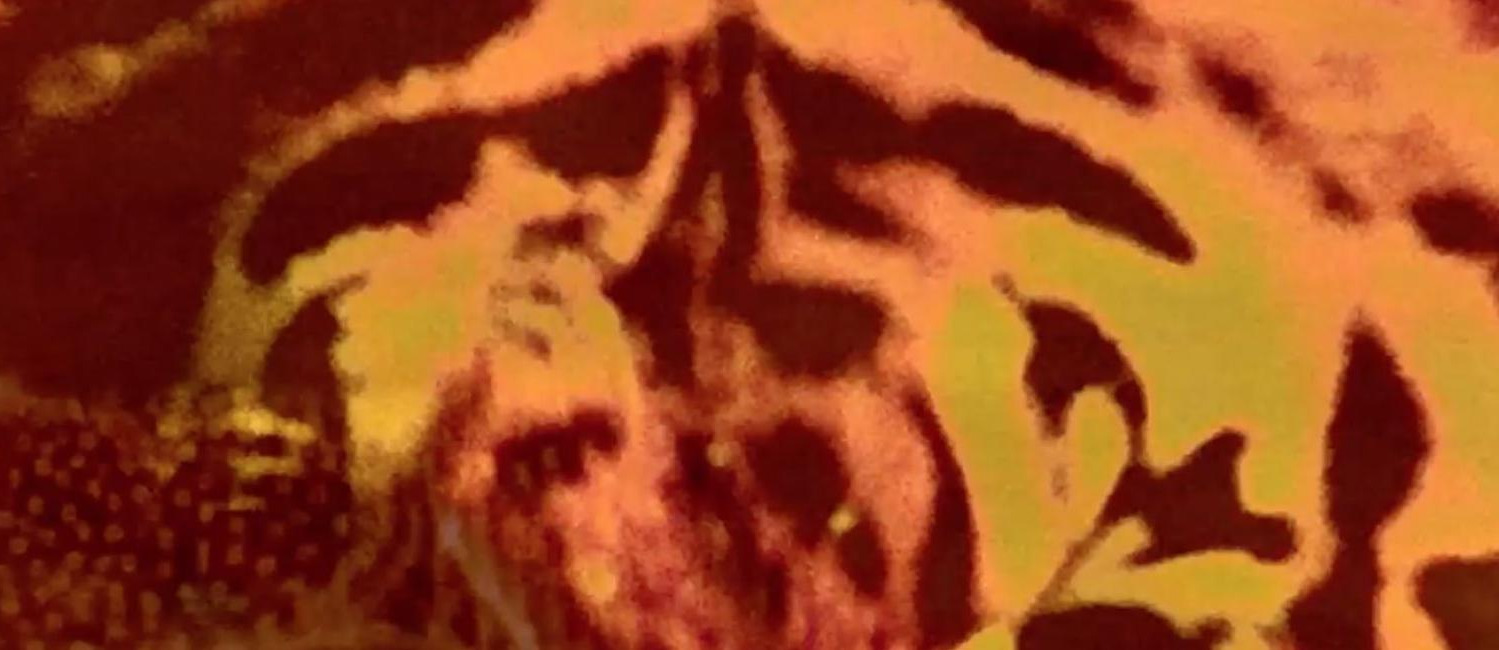Animal Macula
(Canada, 81 min.)
Dir. Sylvain L’Espérance
Violence lingers at the edges of the frame in Sylvain L’Espérance’s latest, Animal Macula, an archeological work probing famed and forgotten cinematic depictions of animal life. An archival piece, the film establishes new connections and points of view in examining animals on screen. The title refers to a part of our retina responsible for central vision, most of our colour vision and the fine details of what we see. Without narration and adopting a thematic, rhythmic structure, the film’s title guides audience reflection. Animal Macula is about seeing and being seen. It’s a new look at the natural world through the lens of film history but also a new way of seeing that history through a non-human perspective.
The bookending opening and closing sequences are perhaps the most abstract. Images of lesser-known films are altered: Images are slowed down, saturation increased, and superimposition is used. The film’s soundtrack vibrates with primal intonations that evoke everything from a beating heart to a distant earthquake. One senses that we are moving away from the purely human perspective, that images and their connections will take on new meaning. Rather than personify then, the film searches to anthropomorphize animals, allowing us to revisit collective experiences of history and community through the perspective of the natural world.
A particular series of documentary images of war (presumably WW1) transform familiar incidents into something new. Devoid of a specific context, we watch as scavenger dogs wander muddy fields littered with corpses and barbed wire. Uprooted from justifications, we are left only with the horrific aftermath of war. From the point of view of animals, the literal consequences of war take focus over political considerations. While most viewers will bring foreknowledge to images like these, the film successfully shifts our point of view to something more animalistic. The desperation speaks for itself: historical and political lines are inconsequential to the roaming packs of dogs. You’re left to ask why we are so preoccupied in the reasons used to justify brutality, murder and destruction.
Unlike most films preoccupied with the philosophical nature of death, this one seems more grounded in the body. While animals are often used as vehicles for spiritual beliefs and considerations (think of the donkey Balthazar in Bresson’s classic film, who makes an appearance here), their relationship with death is more deeply rooted in the natural life cycle. While some audiences will surely be uncomfortable watching animals die, the film doesn’t dramatize or exploit these images. For example, scenes from Franju’s still controversial Le Sang des bêtes, which point to humanity’s industrious mechanization of death, do not exploit the killing of animals in abattoirs. If these images disturb, they should. We’ve allowed ourselves the uncomfortable privilege of hiding away the cruel realities of industrial murder.
These sequences of the film highlight how humanity tries to distance itself from the natural world, even though we are ostensibly also part of “nature.” In a later sequence, a series of film clips featuring animals who die in the name of entertainment highlight the hypocrisy of art hinged on the destruction of life. One particularly long sequence restages a battle from Michael Curtiz’s Warner Brothers production of The Charge of the Light Brigade (1936), which controversially employed trip-wires maiming and killing many horses. Using some of the techniques present in the opening sequences, such as changes in speed, we reimagine the sequence from another point of view that highlights the forced sacrifice of animal life in service of entertainment. Followed almost immediately by a bullfight, this sequence highlights the egoism of the human experience, sacrificing life in the name of a few laughs. If art destroys life, does it negate its purpose?
Amidst several recent films attempting to see the world from animals’ point of view, including some that have screened at RIDM (both Los Reyes and Cemetary come to mind), L’Espérance’s vision of the animal world re-situated pre-existing footage in a new context. The result, surprisingly, is more bracing than films that seek to use the camera to capture non-human perspectives. Old images take on new resonance and considerations through montage, transforming how we see more radically than merely engendering empathy.













